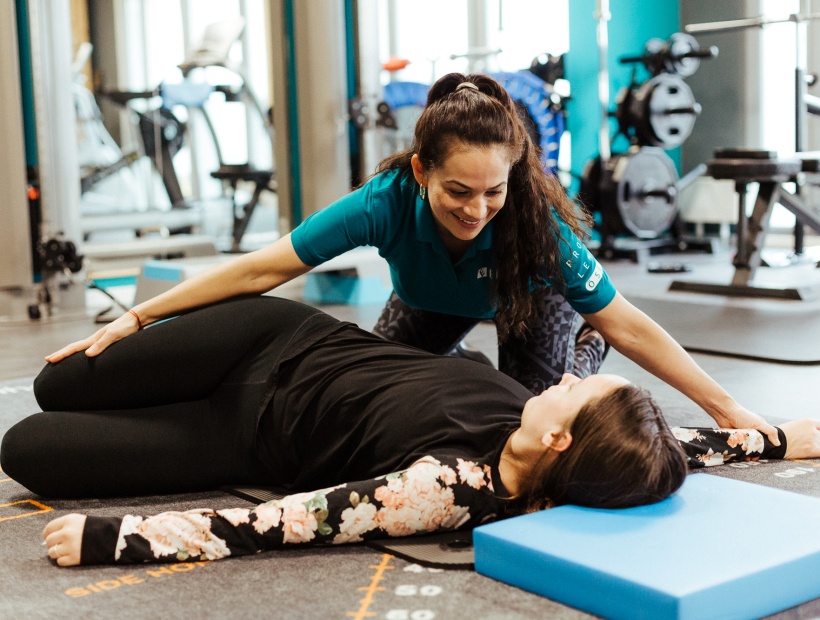
Book now
-
Phone
-
WhatsApp
-
Online via Doctolib
ELYSIO – Practice for physiotherapy in Berlin-Charlottenburg
in the Sana Gesundheitszentrum, 3rd floor
Directions
TRX stands for Total Resistance Exercises. Developed by U.S. Navy SEAL Randy Hetrick, the training system works with body weight and gravity through the use of slings. The workout targets the entire body. But what exactly is TRX Suspension Training, how does it work, what is done and when is it used?
TRX Suspension Training is a full body workout in which slings provide intentional instability. On this basis, exercises are performed against one’s own body weight and the force of gravity, which address a variety of muscle groups in complete sequences of movements. At advanced levels, pulleys provide a greater challenge. TRX Suspension Training is used in sports as well as in physical therapy for muscle strengthening.
The goal of TRX Suspension Training is to improve strength, endurance and coordination of muscles. The training in about 300 exercises mainly addresses the small, deep muscles near the joints. Instead of individual muscles, it mainly uses muscle chains, which positively influences the effectiveness of the training. A training session for the whole body can achieve results in as little as 20 minutes. The resistance and thus the necessary effort can be changed via the inclination of the body to the floor.

In TRX Suspension Training, the sling is attached via a carabiner. For example, on the ceiling, on a pole or a branch. This allows the exercises to be performed just about anywhere and also requires little space. However, a clean execution is important. The physiotherapist not only assists with the individual adaptation of the training plan, but also monitors the execution of the exercises and the training success. The difficulty level can be varied mainly by the position of the body and the degree of instability of the sling.
Due to the focus on muscle strengthening, TRX Suspension Training is mainly used in prevention, such as back pain, to improve performance or in rehabilitation. Common applications are: